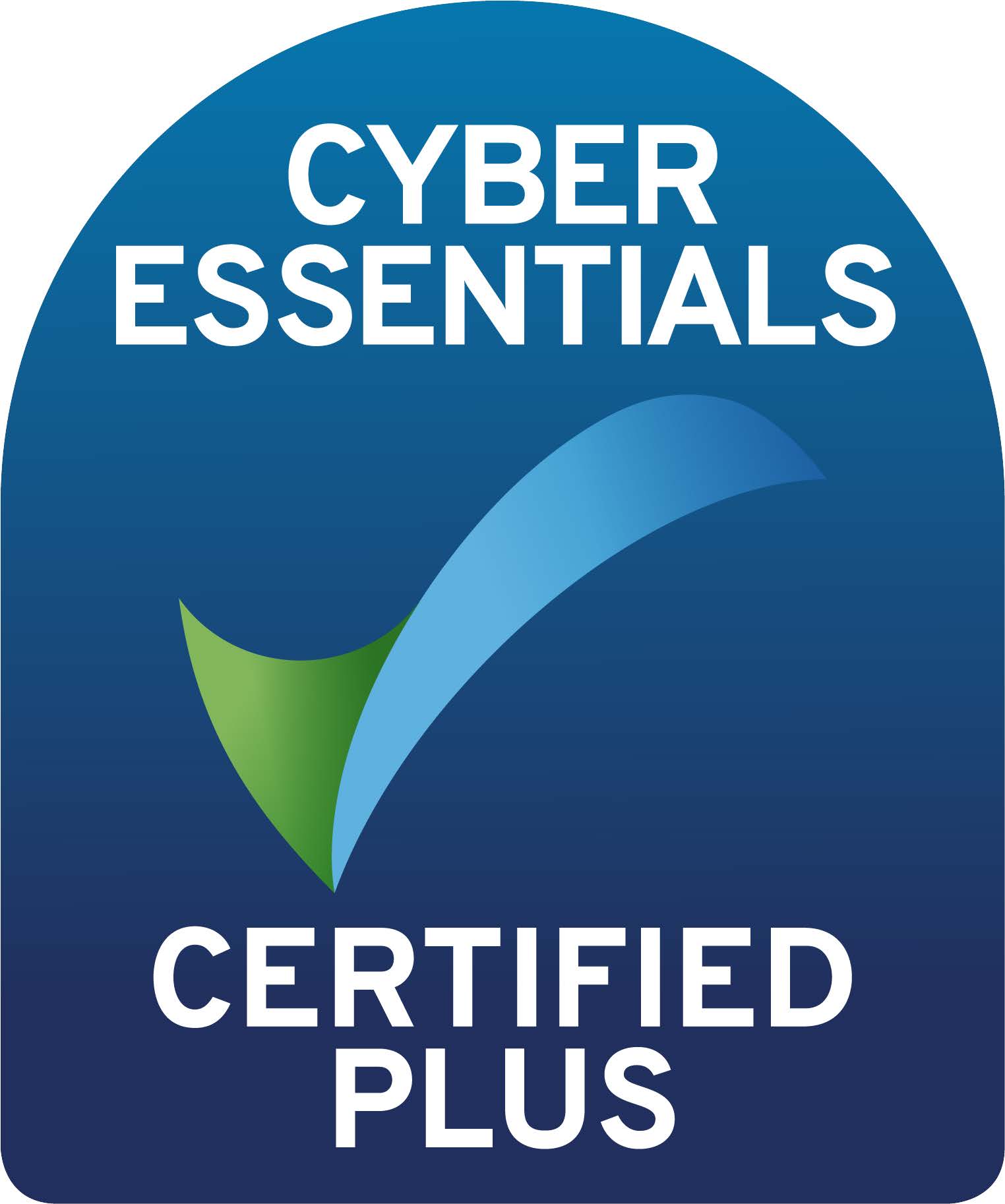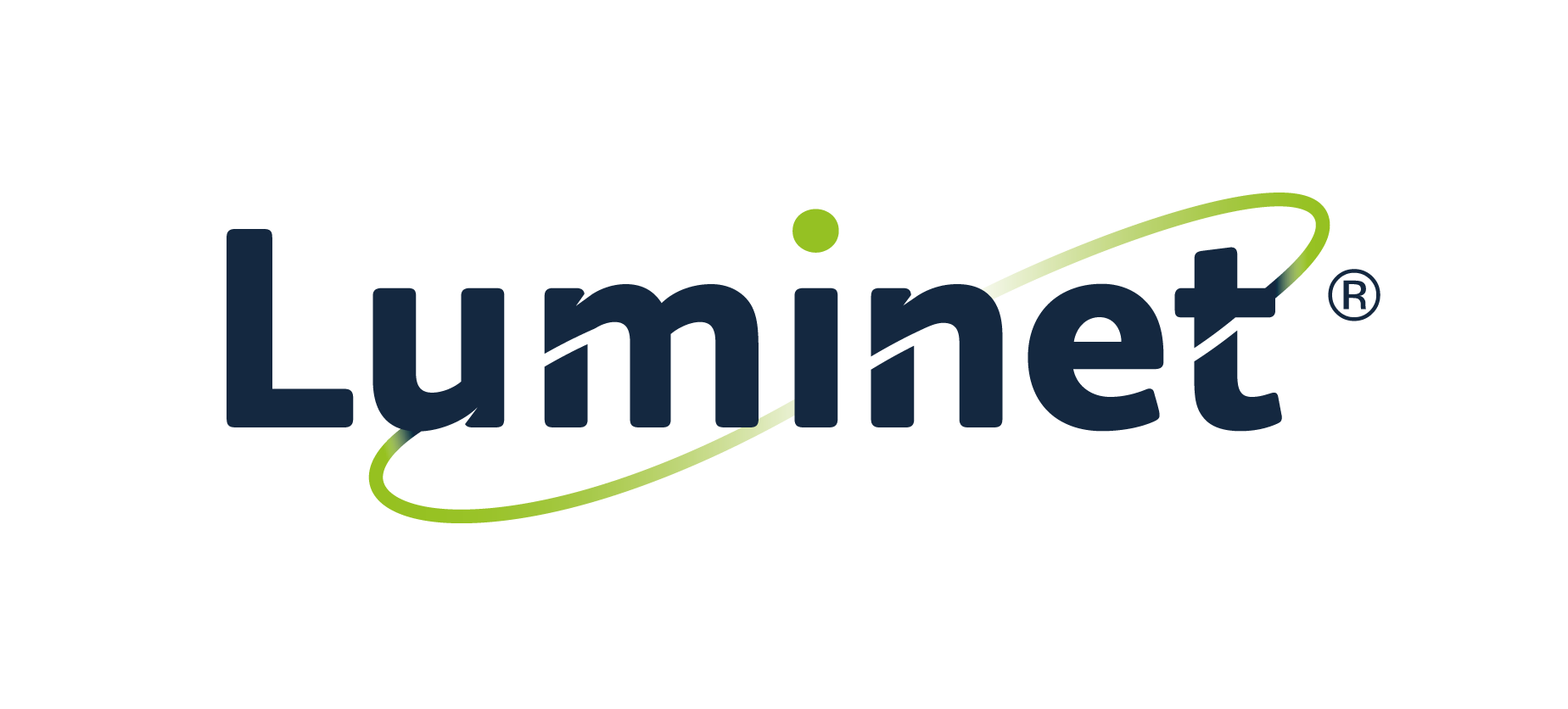The Top 10 Most Common Internet Threats
The Top 10 Most Common Internet Threats
There is no doubt that you need to be vigilant online. As the World Wide Web has evolved over the years, many internet nasties have been playing on vulnerabilities to attack computers and retrieve sensitive data from individuals. Half the time, we aren’t even aware it is happening until it is too late.
Whilst the internet is a fantastic place for communication and information, there are many malicious threats you need to dodge along the way.
Spam
The fact that most of our emails accounts come with a ‘Spam’ or ‘Junk’ folder insinuates that spam emails are a huge issue, with more than 50% of emails being syphoned into these folders. Aside from being an annoyance, spam emails are not a direct threat. However, many can contain malware.
Adware
Adware is a type of malware software that displays unwanted ads when a user is surfing the internet. The ads often redirect your searches to advertising websites and collect marketing-type data about you, behind your back, which is considered malicious.
Adware is often included in many shareware or freeware downloads as a legitimate way of generating advertising revenues that help fund development. However, some websites are infected with malicious adware that us automatically downloaded to your computer. When this has been completed, Trojans can be used.
Trojan
Trojans leave your computer completely unprotected, which can mean that hackers can steal any data from your system. Trojans often present themselves as harmless computer programmes so that hackers can penetrate your computer without being detected.
Virus
One of the most talked about internet threats is a virus. Viruses usually attach themselves covertly to downloads as they are designed to spread at an alarming rate. Viruses are often attached to files for download, shared via CDs, DVDs, and USB sticks, or loaded on to computers by opening infected email attachments.
Worms
Worms usually make their way on to a computer via a malicious email attachment or USB stick. Once your computer has been infected by a worm, it will likely send itself to every email address logged in your system. To the receiver, your email will appear harmless, until they open it and are infected by the same worm.
Phishing
In its simplest terms, phishing is a form of fraudulent activity. More often than not, official-looking emails are sent impersonating a well-known provider, such as a bank. These emails are sent to acquire people’s passwords and credit card details.
Spyware
Another form of malware is spyware. Spyware is an all-encompassing internet nasty and is usually attached to pop-ups of downloadable files. Once installed on your computer, spyware can monitor your keystrokes, read and delete your files, reformat your hard drive, and access your applications. Whoever is controlling the spyware has access to your personal details without you even knowing.
Keyloggers
Similar to a part of spyware, keyloggers record a user’s keyboard actions. Most keyloggers will be looking for distinguishable key entries, such as bank card details and passwords. Keylogging is often linked to identity and intellectual property theft.
Pharming
Pharming is a more complex version of phishing that exploits the DNS system. Pharmers often create web pages mimicking that of a trustworthy business, such as an online banking log-in page. Users will then enter their details, thinking they are logging in to their usual service, and their details will be stolen by the pharmer.
Rogue Security Software
If you are ever downloading antivirus or antispyware programmes, make sure you have purchased it from a legitimate source. Rogue security software will often ask you to pay for extra protection, which is a huge con. The security software is completely useless and criminals have robbed you of your money.








